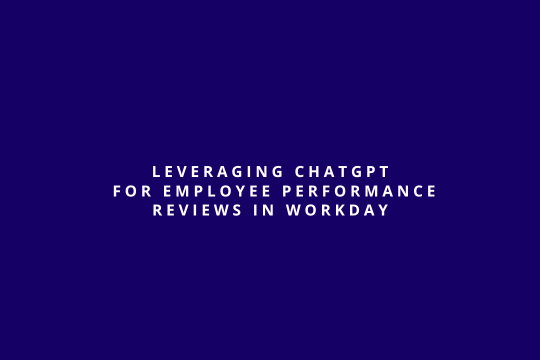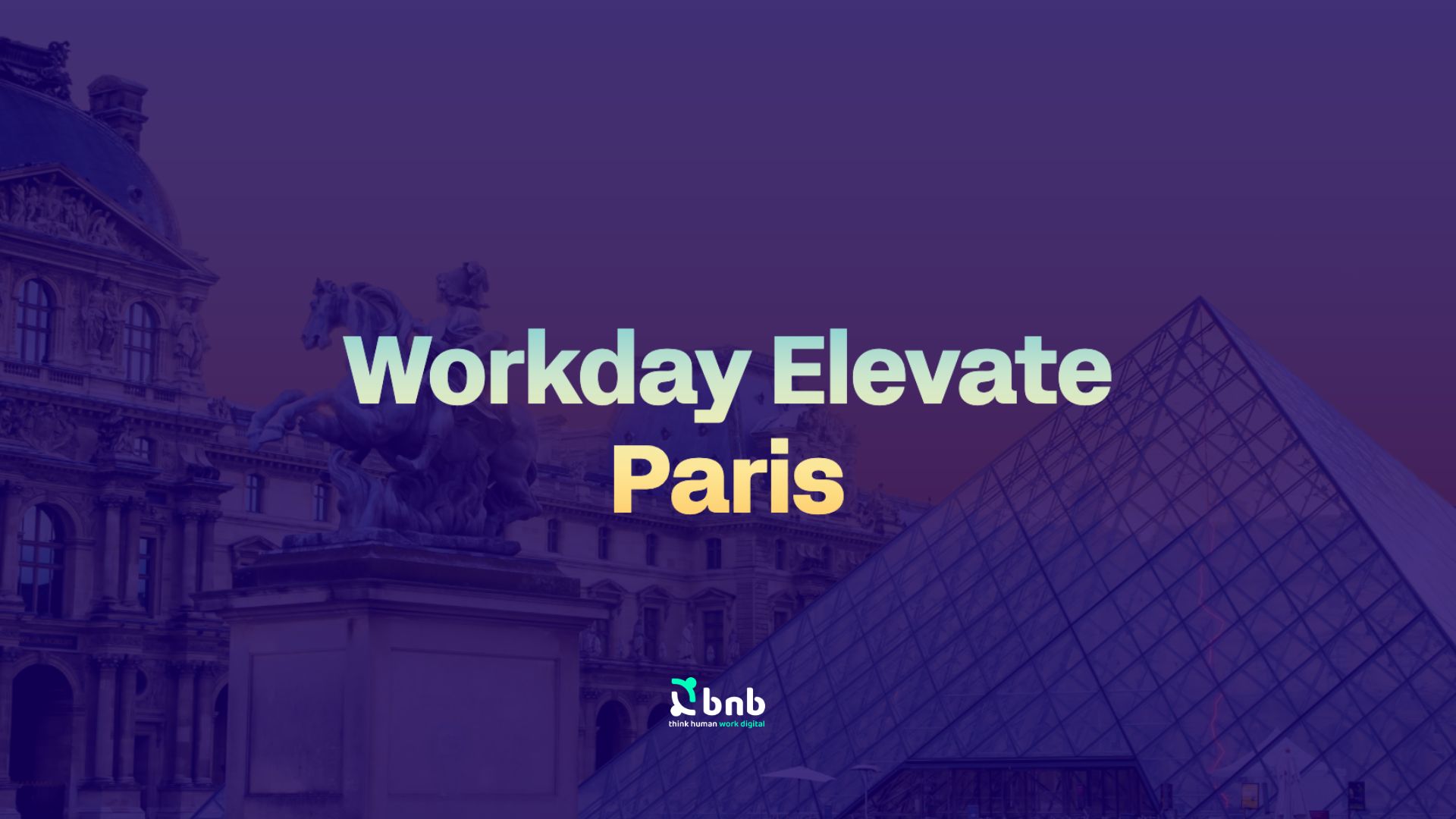Generative AI seems to be everywhere these days. ChatGPT, DALL·E, and Midjourney are not just the usual buzzwords in the IT industry, but technologies that are generating a revolution in the way we work.
It’s easy to assume that this revolution will hurt our society and that will cause surging unemployment rates. However, generative AI technology has the potential to revolutionize the future of work in a multitude of positive ways. By automating routine, repetitive, and time-consuming tasks, generative AI can free up employees to focus on more creative and strategic work.
Over the last three years, BNB has been investing heavily in developing machine learning services to complement and extend our core business, which is Workday consulting services. We recognized that machine learning is rapidly becoming a crucial aspect of modern business operations, with the potential to enhance and optimize a wide range of business processes. By incorporating machine learning into our services, we aim to provide our clients with more comprehensive and effective solutions that can help them achieve their business objectives.
In fact, over a year ago, we started an internal brainstorm on how GPT-3 (the precursor of ChatGPT) and, more generically, Natural Language Processing could be used for Workday HCM use cases.
As a result of this exercise, we have identified several use cases that could boost the efficiency of our customer’s internal processes. Today, I’d like to share one that we have not only made available to our customers but have implemented internally, as a Workday Platform customer: the employee performance review assistant.
A key but imperfect process
Evaluating and cultivating talent is crucial for every organization. As the attraction of skilled professionals has become a significant challenge for numerous job markets, nurturing the existing workforce is imperative for organizations to remain competitive and flourish.
Now, the first step in any development initiative is the assessment of where we stand. Over the past decades, employee performance and talent reviews have tried to fulfill this goal, not without significant obstacles. Some of these obstacles may resound in many organizations:
- The uneven quality of assessments: let’s face it, not every manager is Shakespeare. When it comes to writing a performance review, many times the feedback is written in a badly written or clumsy way, that fails to make a positive impact on the evaluated employee.
- Incompleteness: even though the performance review is evolving into a more frequent process, it is easy for reviewers to forget about a certain achievement or improvement area the collaborator had during the review period. This results in a missed opportunity to encourage or guide the worker to better performance.
- It is time-consuming: if done properly, writing a performance review takes time. A lot of time. Now, there is nothing bad in dedicating time as a manager to provide sound feedback, but wouldn’t it be better to spend that time in a conversation with the employee instead of writing?

Although these challenges are not the only ones we face in creating an ideal performance assessment process, it would be great if we could tackle some of them.
ChatGPT comes to the rescue
One of the key features of ChatGPT is its ability to summarize multiple sources of data. Whether it is spontaneous feedback received by a worker, a survey completed by a customer, or a performance KPI, ChatGPT is able to consolidate these sources into a single summary.
This is exactly what we have done at BNB with our employee review process within Workday HCM. In the first place, we collect any data that could be useful to ask ChatGPT. Whether is spontaneous or requested feedback, participation in internal initiatives, or customer feedback, we compile all the information that could have an impact on employee performance.
Then, we ask ChatGPT to distinguish between achievements and improvement areas, so we can effectively split the collected feedback into our performance review template (of course, this may change for other organizations, but the important thing is that we can use ChatGPT to adapt to the way you want to structure your performance review document).
Finally, we load the results into the performance review, where they can be reviewed and corrected by the manager. This is an essential step as it allows us not only to provide the human touch before submitting the final review but actually to apply it where we think it could have a bigger impact.
The result is an efficient process, with better quality and more complete performance reviews, allowing managers to focus on what matters: developing and leading their teams.

Conclusion
In conclusion, the use of ChatGPT in the employee review process has the potential to revolutionize the traditional performance assessment process. By automating the generation of employee reviews, organizations can save significant amounts of time and resources, while also minimizing the potential for human bias and error. With the ability to draw on a vast corpus of text data and utilize advanced machine learning algorithms, ChatGPT can generate detailed and accurate reviews that provide valuable insights into employee performance. Moreover, ChatGPT can adapt to the specific needs and preferences of each organization, providing customized and contextually appropriate responses. Overall, the use of ChatGPT in employee review generation has the potential to enhance the accuracy, efficiency, and fairness of the performance assessment process, while also enabling organizations to focus on other critical tasks and objectives.
PS: Special thanks to Lucas Romeo and Ezequiel Ortiz Recalde for their great contribution to making the implementation of this use case possible.



